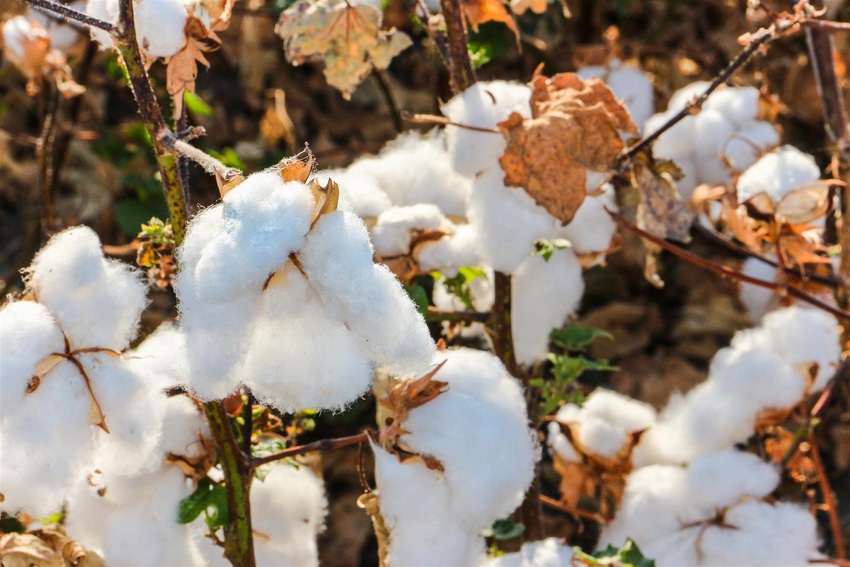May 18, 2016

By now you’ve likely seen or heard the news that is surely inconvenient to those touting the idea that genetically modified organisms (GMO) are evil and will kill you.
An extensive study by the National Academy of Sciences, Engineering, and Medicine has found – wait for it – that new technologies in genetic engineering do not have a cause-and-effect that is detrimental to human health.
Did you catch that?
This bit of inconvenient news is encapsulated in a news release the National Academies and can be read in full in the 400-plus page report available for free download.
The news release is full of interesting bits of information. For instance, it points out that really only two GMO traits – herbicide resistance and pest resistance – have been used in basically three crops – corn, soybean and cotton. Humans only consume two of these, yet we’re frightened into believing that the end of the world is near because of them.
I challenge you (and myself) to read the report, but in the meantime here’s what I found interesting from just the news release and the preface to the report.
Aside from finding no – zip, zero, nada – adverse health effects “directly attributable to consumption of foods derived from GE crops,” the effects on the environment has sometimes proven to increase insect diversity.
Let’s step back from that a second. For starters, this suggests that GMO crops are not a “scorched earth” proposition. Second, I’m guessing that the increased insect diversity might be good because it just may include beneficial insects, including pollinators.
Another thing I found interesting is the benefits to small-scale farmers. For developing countries and economies this is critical, but needs to be followed up with institutional support that includes availability to credit, affordable inputs, extension services and access to profitable markets, according to the report.
Also within the preface to the report, and something I want to dig into a bit more, is a paragraph packed with some thought that needs to be digested, discussed and truly dealt with as a society, particularly in light of the predictions that the world’s population will increase by a few billion in the next several decades.
I’ll address that in my next blog, but in the meantime perhaps it might be good for those of us in agriculture to begin chewing our way through this report, not to simply create social media memes we think “drops the mic” on agriculture’s antagonists, but to truly find things in this report that can foster the kind of public policy debates we so desperately need if we are to truly address issues for mankind going forward.
You May Also Like




